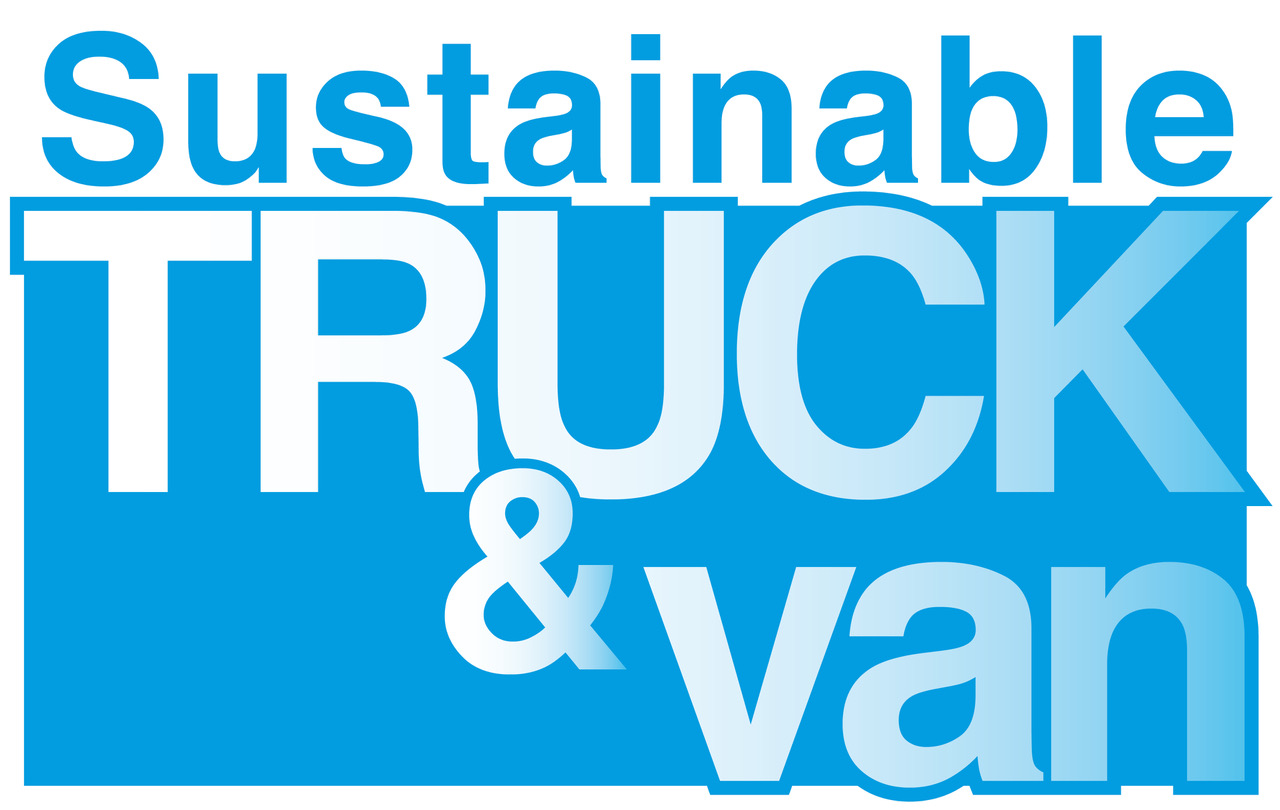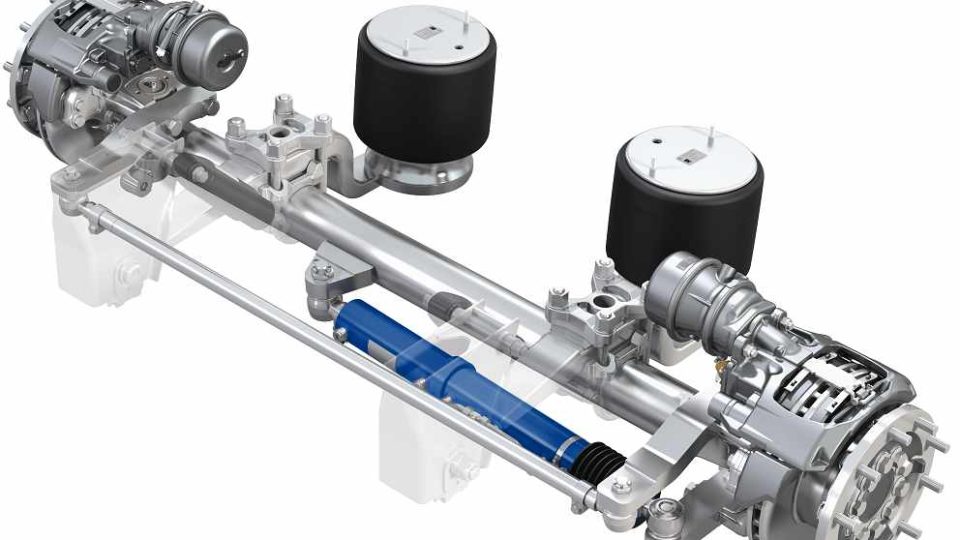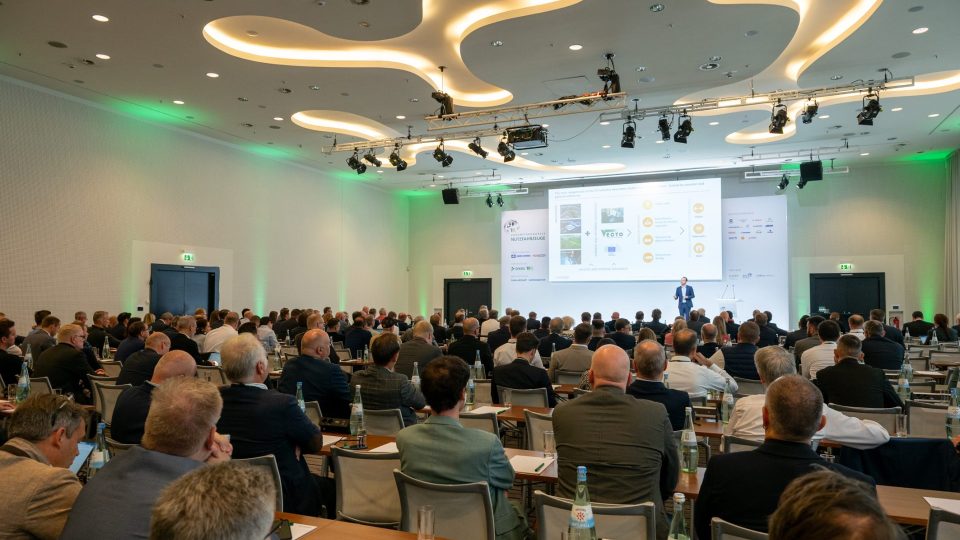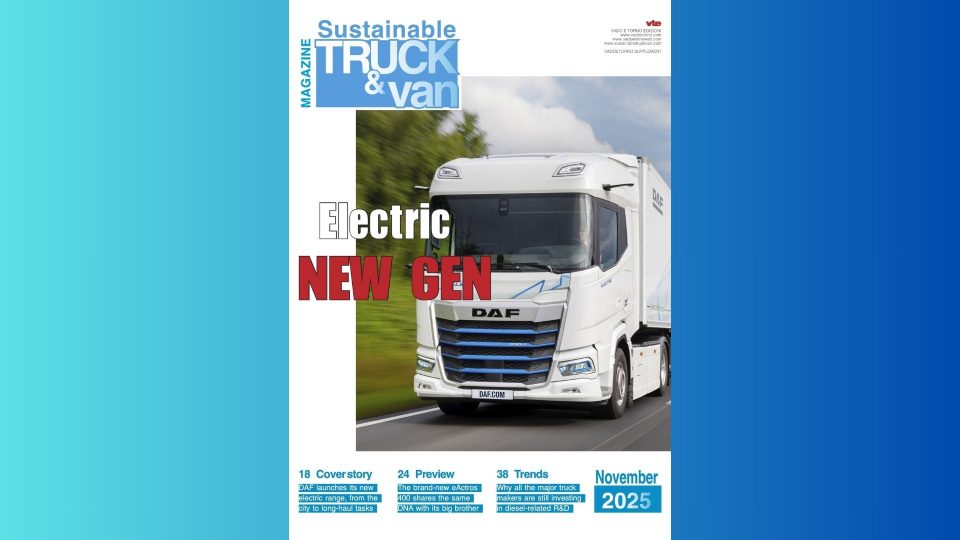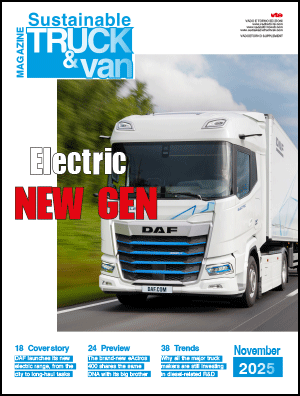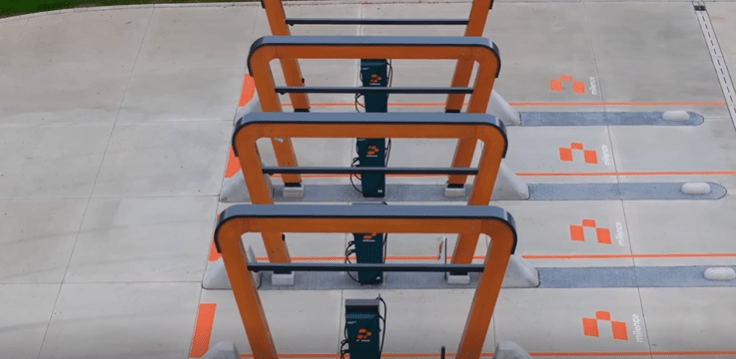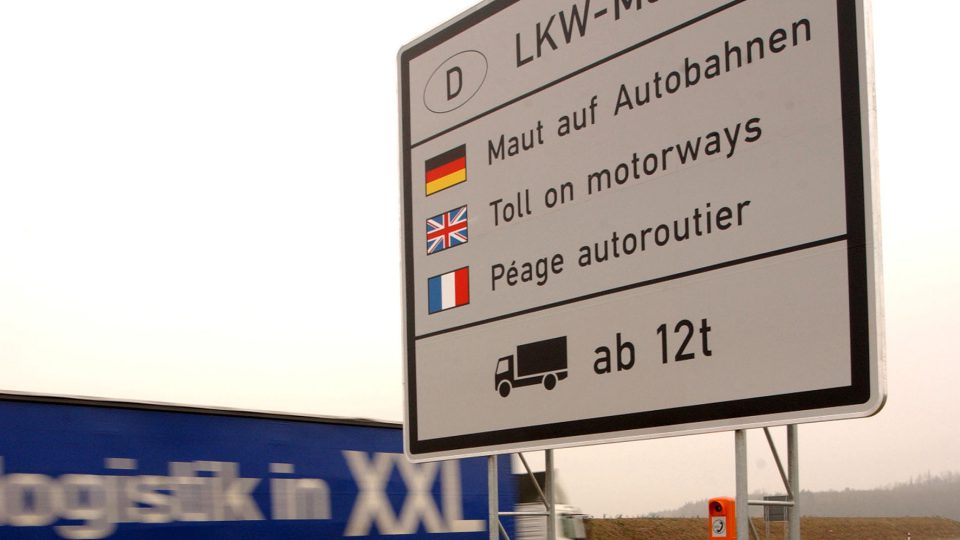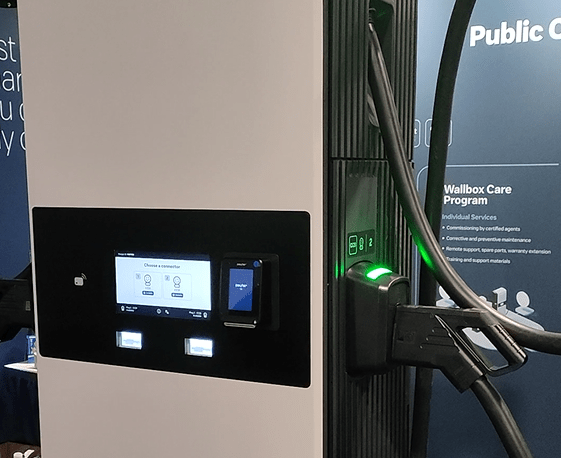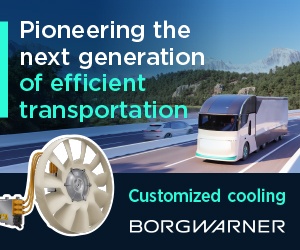ICCT: up to 80,000 public chargers (of which 5,300 megawatt chargers) are needed in Europe by 2030
The study also shows that overnight charging will be the primary charging mode of battery electric trucks in 2030, while ultrafast megawatt chargers will represent almost 15% of charging power needs. “Battery electric trucks are on track to become the backbone of Europe’s zero-emission freight fleet", commented Hussein Basma, Senior Researcher at the ICCT.
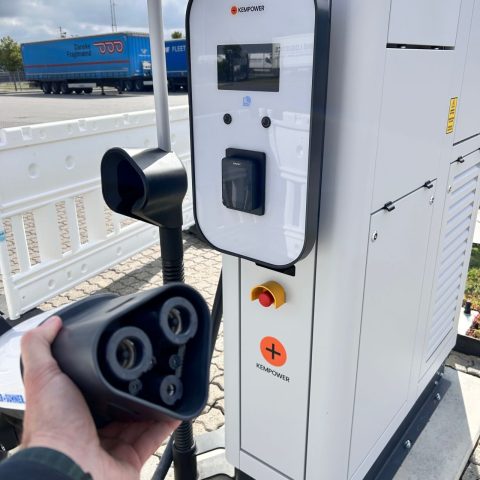
According to a new study published by the ICCT (International Council on Clean Transportation), up to 5,300 megawatt chargers are needed in Europe by 2030 to support heavy-duty transport electrification. In addition, the study shows that overnight charging will be the primary charging mode of battery electric trucks in 2030, while ultrafast megawatt chargers will represent almost 15% of charging power needs.
More into details, by 2030, the EU truck fleet will require 22–28 gigawatts (GW) of charging power capacity. This translates to 150,000–175,000 private chargers and 60,000–80,000 public chargers across the EU. Megawatt chargers comprise almost 15% of the projected installed charging power needs but only 2% of the total number of chargers.
The need for chargers in Europe
Battery electric trucks sales are expected to accelerate as manufacturers strive to meet the EU’s carbon dioxide (CO2) reduction targets. Operators will use different charging strategies depending on vehicle range, routes, and available charging time. “One key finding is that more than half of public fast-charging needs can still be met with 350 kW chargers, which are more economic and easier to deploy,” said Felipe Rodríguez, Director for Heavy-Duty Vehicles at ICCT. “These numbers and insights give industry and policymakers a solid basis for planning the road ahead without speculation or guesswork. The challenge isn’t just scale. It’s placing the chargers when and where they’re needed most.”
“Battery electric trucks are on track to become the backbone of Europe’s zero-emission freight fleet, and the growing fleet will require a balanced and strong charging infrastructure deployment across Europe”, added Hussein Basma, Senior Researcher at the ICCT. “This study shows that most charging will take place at depots and rest areas, while megawatt chargers will be critical but relatively limited in number.”
